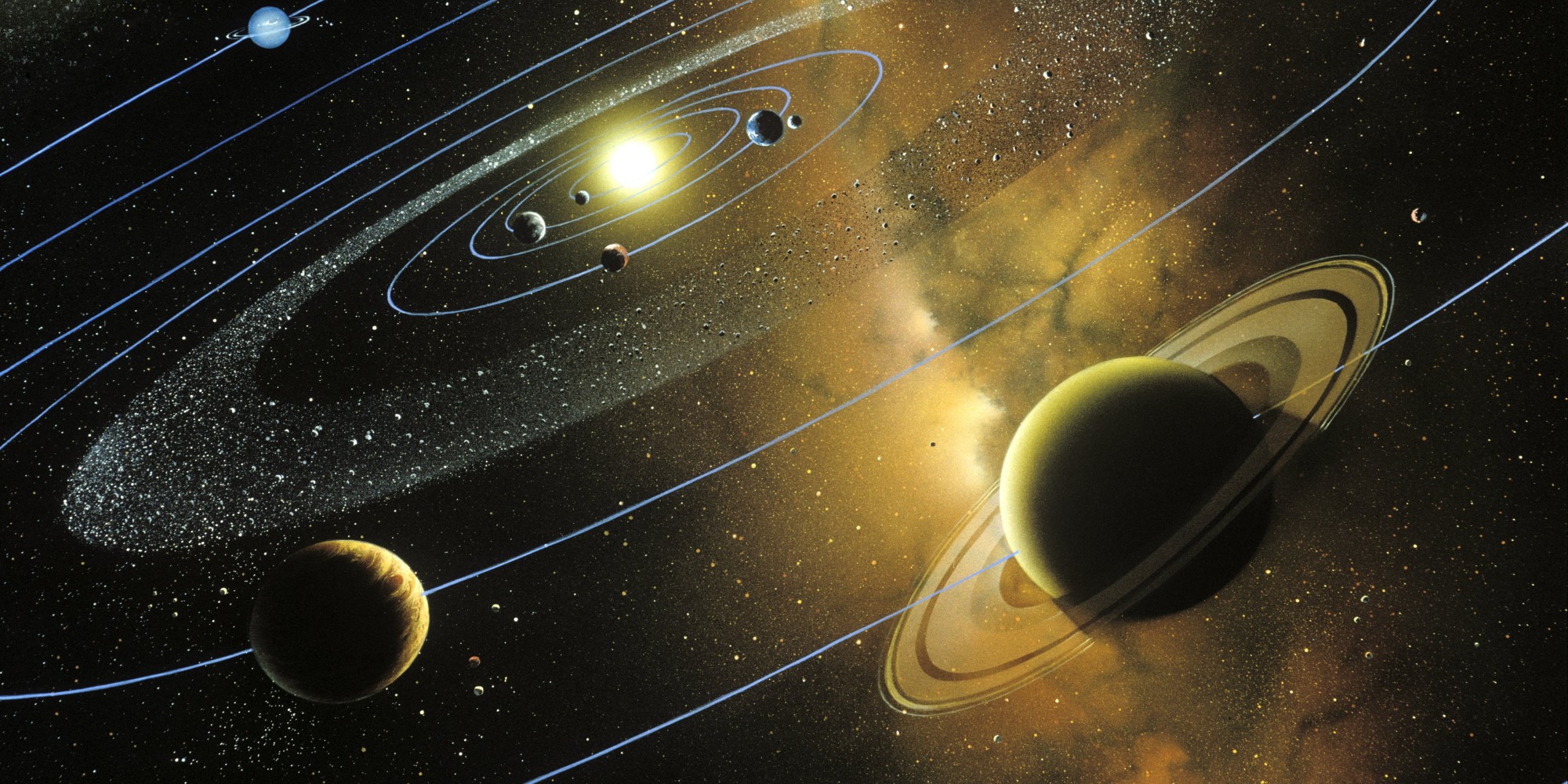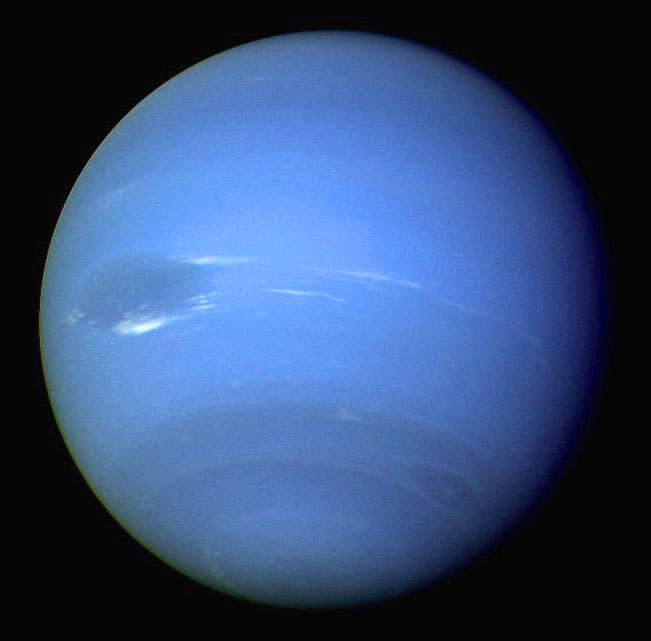Neptune Server is active!
9 hours
19 minutes
19 seconds


You're now browsing on Neptune
"Neptune is the eighth and farthest planet from the Sun in the Solar System. It is the fourth-largest planet by diameter and the third-largest by mass. Among the gaseous planets in the Solar System, Neptune is the most dense. Neptune is 17 times the mass of Earth and is slightly more massive than its near-twin Uranus, which is 15 times the mass of Earth, and not as dense as Neptune. Neptune orbits the Sun at an average distance of 30.1 astronomical units. Named after the Roman god of the sea, its astronomical symbol is ♆, a stylised version of the god Neptune's trident."
"Neptune was the first planet found by mathematical prediction rather than by empirical observation. Unexpected changes in the orbit of Uranus led Alexis Bouvard to deduce that its orbit was subject to gravitational perturbation by an unknown planet. Neptune was subsequently observed on 23 September 1846 by Johann Galle within a degree of the position predicted by Urbain Le Verrier, and its largest moon, Triton, was discovered shortly thereafter, though none of the planet's remaining 13 moons were located telescopically until the 20th century. Neptune was visited by Voyager 2, when it flew by the planet on 25 August 1989."

Being the outer planet, it is the entry in our Solar System
"Neptune is similar in composition to Uranus, and both have compositions that differ from those of the larger gas giants, Jupiter and Saturn. Neptune's atmosphere, like Jupiter's and Saturn's, is composed primarily of hydrogen and helium, along with traces of hydrocarbons and possibly nitrogen; it contains a higher proportion of "ices" such as water, ammonia, and methane. Astronomers sometimes categorise Uranus and Neptune as "ice giants" to emphasise this distinction. The interior of Neptune, like that of Uranus, is primarily composed of ices and rock. Perhaps the core has a solid surface, but the temperature would be thousands of degrees and the atmospheric pressure crushing. Traces of methane in the outermost regions in part account for the planet's blue appearance."

Neptune opens the door into our Solar System
"In contrast to the hazy, relatively featureless atmosphere of Uranus, Neptune's atmosphere has active and visible weather patterns. These weather patterns are driven by the strongest sustained winds of any planet in the Solar System, with recorded wind speeds as high as 2,100 kilometres per hour (1,300 mph). Because of its great distance from the Sun, Neptune's outer atmosphere is one of the coldest places in the Solar System, with temperatures at its cloud tops approaching 55 K (−218 °C). Temperatures at the planet's centre are approximately 5,400 K (5,100 °C). Neptune has a faint and fragmented ring system (labelled "arcs"), which may have been detected during the 1960s but was indisputably confirmed only in 1989 by Voyager 2."
A thumbnail view of the features:
Storing access-data, helping us improve.
Connecting our servers in the best way.
Testing the new techniques.
Transfer data between our servers.
Deliver the essential data for our servers.
Storing data in new and proven secure databases.